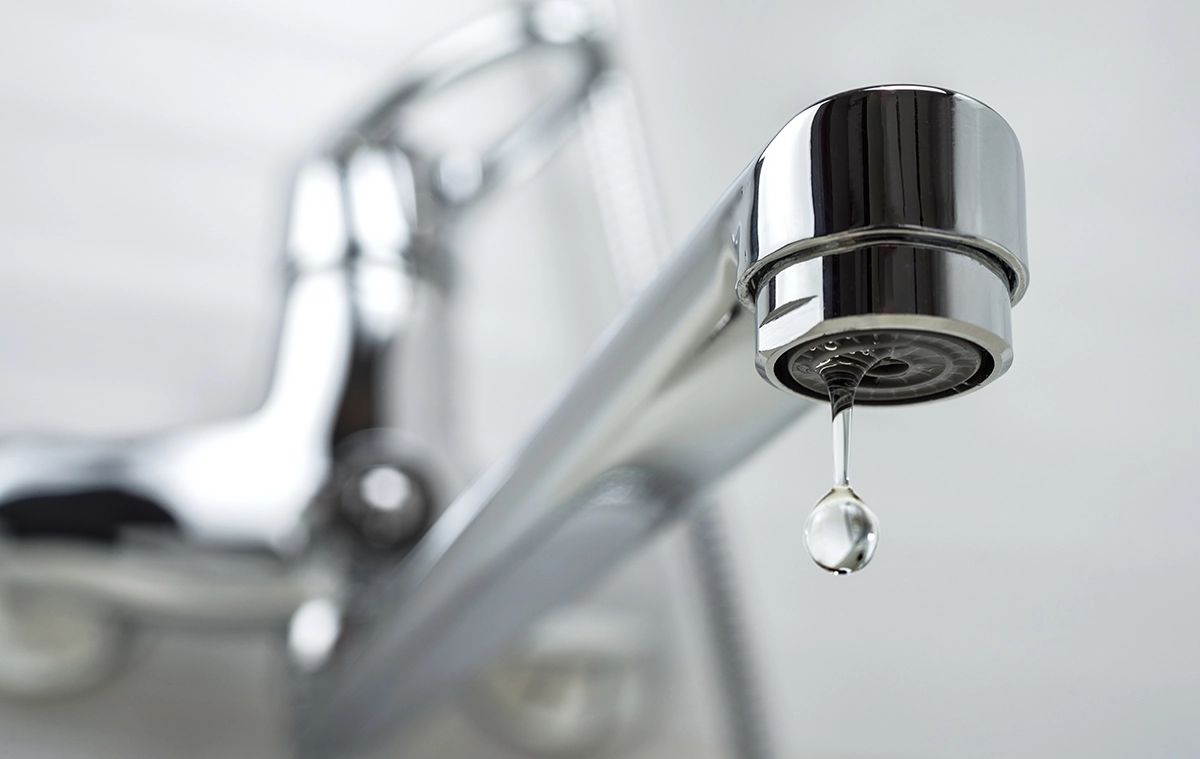How to Identify and Replace a Faulty Faucet Valve
Home /
A leaking or malfunctioning faucet can be more than just an annoyance—it can waste water, increase utility bills, and lead to long-term damage if ignored. More often than not, the culprit is a worn-out faucet valve. Understanding how to identify and replace this essential plumbing part can save you time, money, and frustration. At Clog Heroes in Fredericksburg, VA, we’ve helped countless homeowners fix issues just like this.
Whether you’re a DIY enthusiast or simply want to better understand your plumbing system, this guide will walk you through everything you need to know about identifying and replacing a faulty valve inside your faucet.
What Is a Faucet Valve?
Before you can replace a faucet valve, it helps to know what it does. This internal component controls the flow of water when you turn the faucet handle. As the handle moves, the valve opens or closes to allow water through—or stop it.
There are several types commonly found in residential fixtures:
Compression
Ball
Cartridge
Ceramic disk
Each one functions differently, but the overall purpose remains the same. Like any moving part, valves are subject to wear and mineral buildup, which can lead to failure over time.
Signs You Need a New Faucet Valve
Identifying a faulty faucet component early on can help you avoid bigger plumbing problems later. Here are the most common signs your faucet’s internal mechanism may need replacing:
1. Constant Dripping
If your faucet continues to drip after turning it off, the inner valve likely isn’t sealing properly.
2. Stiff or Loose Handle
Over time, sediment buildup or internal wear can cause the handle to become difficult to turn—or too loose.
3. Uneven Water Pressure
Inconsistent pressure may be linked to a partially blocked or deteriorated valve core.
4. Leaks Under the Sink
Water leaking below the sink could mean the connection between the supply line and valve is compromised.
Tools and Materials for Replacing a Faucet Valve
Before starting any replacement, gather the necessary tools. Being prepared will help the process go smoothly and reduce downtime.
Here’s what you’ll likely need:
Adjustable wrench
Screwdrivers (flathead and Phillips)
Plumber’s grease
Replacement cartridge or valve
Bucket or towel for catching residual water
Allen wrench (depending on faucet design)
Pliers
If you’re unsure which replacement part is right, remove the existing one and bring it to a hardware or plumbing supply store—or call the experts at Clog Heroes for guidance.
How to Replace a Faucet Valve: Step-by-Step
Swapping out a damaged valve can be a simple project, especially if you follow these basic steps:
Step 1: Shut Off the Water
Locate and turn off the water supply beneath your sink. Open the faucet to release pressure and drain any remaining water.
Step 2: Remove the Faucet Handle
Depending on your faucet model, use a screwdriver or Allen wrench to remove the handle and access the internal parts.
Step 3: Extract the Old Valve
Using pliers or a wrench, carefully remove the valve from the body of the faucet. If it’s stuck, apply gentle pressure to avoid damaging surrounding components.
Step 4: Insert the New Part
Install the new faucet valve or cartridge, ensuring it’s aligned correctly. Apply plumber’s grease to make installation smoother and improve seal integrity.
Step 5: Reassemble and Test
Reattach the handle, restore water flow, and test the faucet for leaks or stiffness. Make sure everything turns smoothly and the water shuts off completely.
When to Call a Plumber for Faucet Valve Issues
While some replacements are simple, not all plumbing jobs go as planned. Here’s when it’s smart to call in a professional:
If the old valve is seized or heavily corroded
If the faucet design is complex or outdated
If leaks continue after replacement
If you’re not confident identifying the right part
At Clog Heroes in Fredericksburg, VA, we offer expert diagnostics and fast repairs to get your fixtures back to working order with minimal hassle.
Preventing Future Faucet Valve Problems
To extend the life of your faucet components and avoid recurring problems, consider the following maintenance tips:
Use your faucet gently: Avoid over-tightening or forcing handles.
Clean aerators regularly: This prevents debris from entering and damaging internal mechanisms.
Check for early signs of leaks: Address minor drips before they become bigger problems.
Schedule routine inspections: Especially important in areas with hard water, like parts of Virginia.
These small habits can make a big difference over time and help prevent premature valve wear.
Why Choose Clog Heroes for Faucet Repairs?
At Clog Heroes, we’re not just experts in clogged drains—we’re also your local go-to team for all things plumbing. Whether you’re dealing with a stubborn leak or a broken faucet valve, our licensed professionals provide top-notch service backed by years of experience.
Here’s what makes us a trusted choice in Fredericksburg:
Friendly, knowledgeable service
Fast response times and emergency support
Transparent pricing and honest recommendations
Workmanship backed by a satisfaction guarantee
We treat your home like our own and take pride in getting the job done right the first time.
Restore Your Faucet Function Today
Ignoring a malfunctioning faucet valve can lead to water waste, higher bills, and avoidable damage. In fact, according to the EPA, household leaks can waste nearly a trillion gallons of water nationwide every year. Fortunately, identifying and fixing the issue is often quick and affordable—especially when you call the professionals.
If you’re in the Fredericksburg, VA area and need help with a leaking faucet or faulty valve, contact Clog Heroes today. We’ll help you restore comfort, convenience, and control over your water flow in no time.

